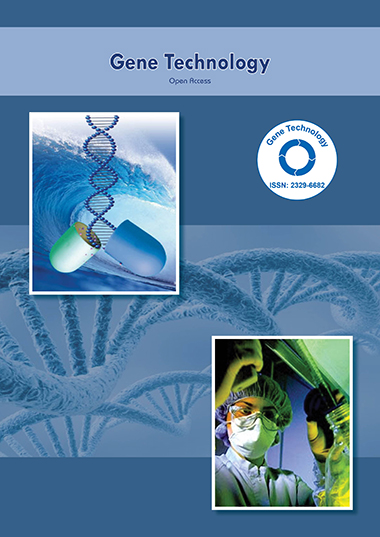में अनुक्रमित
- शैक्षणिक कुंजी
- अनुसंधान बाइबिल
- उद्धरण कारक
- कृषि में वैश्विक ऑनलाइन अनुसंधान तक पहुंच (अगोरा)
- RefSeek
- हमदर्द विश्वविद्यालय
- ईबीएससीओ एज़
- ओसीएलसी- वर्ल्डकैट
- पबलोन्स
- यूरो पब
- गूगल ज्ञानी
उपयोगी कड़ियां
इस पृष्ठ को साझा करें
जर्नल फ़्लायर

एक्सेस जर्नल खोलें
- अभियांत्रिकी
- आनुवंशिकी एवं आण्विक जीवविज्ञान
- इम्यूनोलॉजी और माइक्रोबायोलॉजी
- औषधि विज्ञान
- कृषि और जलकृषि
- चिकित्सीय विज्ञान
- जीव रसायन
- जैव सूचना विज्ञान और सिस्टम जीवविज्ञान
- तंत्रिका विज्ञान और मनोविज्ञान
- नर्सिंग एवं स्वास्थ्य देखभाल
- नैदानिक विज्ञान
- पदार्थ विज्ञान
- पर्यावरण विज्ञान
- पशु चिकित्सा विज्ञान
- भोजन एवं पोषण
- रसायन विज्ञान
- व्यवसाय प्रबंधन
- सामान्य विज्ञान
अमूर्त
GWAS पर नया परिप्रेक्ष्य: चयन दबाव और AI के साथ रैखिक बीजगणित के दृष्टिकोण से पूर्वी एशियाई आबादी
मासायुकी कनाज़ाव
जीनोम वाइड एसोसिएशन स्टडीज (GWAS) विभिन्न मानव जनसंख्या समूहों की विशेषताओं की तुलना करने के लिए उपयोगी हैं। हालाँकि, जब महामारी जैसे मजबूत चयन दबाव होते हैं, तो जीनोम समय के साथ तेज़ी से बदल सकते हैं। प्रतिरक्षा प्रणाली से संबंधित आनुवंशिक जानकारी ऐसी बीमारियों के प्रति बहुत संवेदनशील मानी जाती है। इसलिए, न केवल मानक संपूर्ण-जीनोम GWAS का संचालन करना आवश्यक हो सकता है, बल्कि अधिक विस्तृत, गुणसूत्र-केंद्रित GWAS का भी संचालन करना आवश्यक हो सकता है।
इस अध्ययन में, हमने प्रतिरक्षा प्रणाली जीन के गुणसूत्रों की तुलना उन गुणसूत्रों से की जिन्हें प्रतिरक्षा प्रणाली से संबंधित नहीं माना जाता है, और अंतरों की जांच करने के लिए प्रत्येक गुणसूत्र में SNPs के लिए GWAS परिणामों का विश्लेषण किया। नमूना स्थितियों को यथासंभव समान रखने के लिए, हमने तुलनाओं और विश्लेषणों को कुछ समूहों तक सीमित कर दिया, जिनके लिए जनसंख्या आंदोलनों की व्याख्या करना आसान था, और हमने यह भी सुनिश्चित किया कि नमूना आकार जितना संभव हो उतना करीब हो। हमने 403 पूर्वी एशियाई लोगों की आबादी का चयन किया, जिसमें टोक्यो (JPT) में 104 जापानी लोग, बीजिंग (CHB) में 103 हान चीनी लोग और दक्षिणी चीन (CHS) में 105, और 91 कोरियाई लोग (KOR) शामिल थे। परिणामों का विश्लेषण और तुलना करने के लिए PCA और मैनहट्टन प्लॉट का उपयोग किया गया।
जापानी, चीनी और कोरियाई आबादी ने अलग-अलग समूहों का गठन किया, जिसमें प्रमुख अंतर देखे गए। महालनोबिस दूरी और एआई का उपयोग करके पीसीए और मैनहट्टन प्लॉट की वैधता पर भी चर्चा की गई।